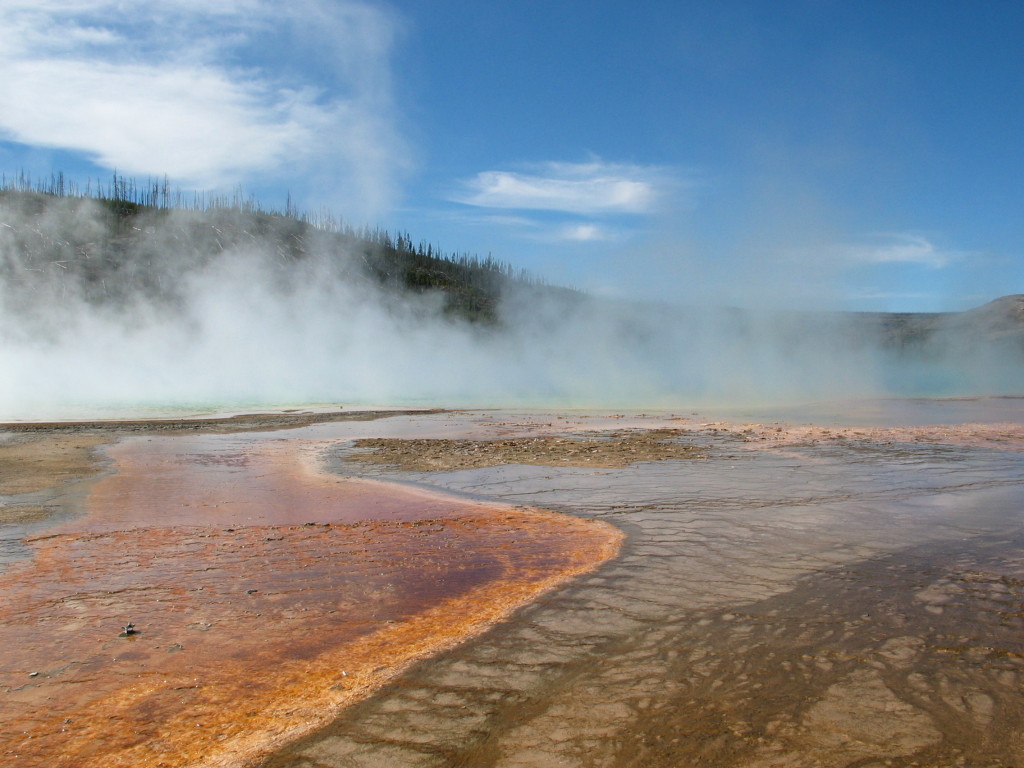My research on meteorite impact craters has resulted in a strong interest in the origin and evolution of life on Earth and the possibility of finding life on Mars. This may sound surprising and indeed, the destructive geological, environmental, and biological effects of meteorite impact events are well known. This is largely due to the discovery of the ~200 km diameter Chicxulub impact structure, Mexico, and its link to the mass extinction event that marks the end of the Cretaceous Period 65 Myr. ago.
However, more recently it has also become apparent that, once formed, impact events also have certain beneficial effects, particularly for microbial life. The effects range from generating conditions conducive for the origin of life (e.g., clays) to varied habitats for life that persist long after an impact event, including hydrothermal systems, endolithic habitats in shocked rocks and impact glasses, and impact crater lakes. This may have important implications for our understanding of the origin and evolution of early life on Earth, and possibly other planets such as Mars. This research is summarized in a recent review paper entitled “The role of meteorite impacts in the origin of life“.
In addition to the astrobiology of impact craters, my research in the Canadian Arctic has also resulted in an into cold springs as habitats for life – which has direct relevance to Mars. This work has focused on Axel Heiberg Island in Nunavut, where cold springs flow year round despite flowing through over 500 m of permafrost. Another site is the so-called Golden Deposit in NWT, where a cold spring precipitates the mineral jarosite, which is common on Mars.
